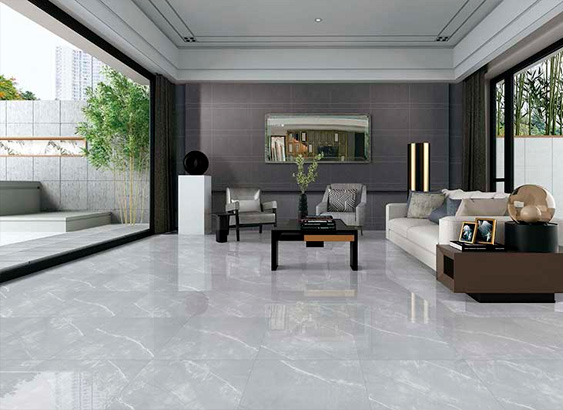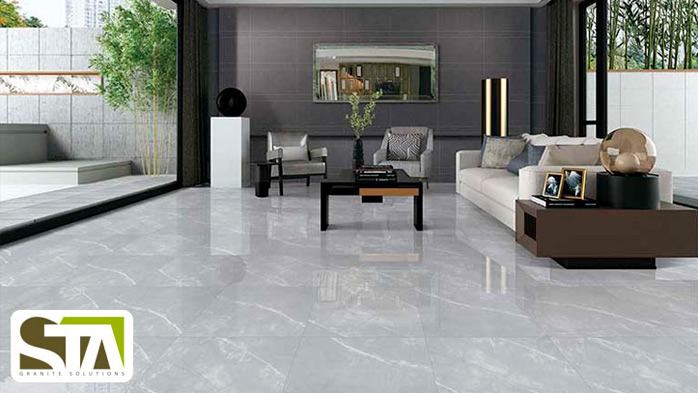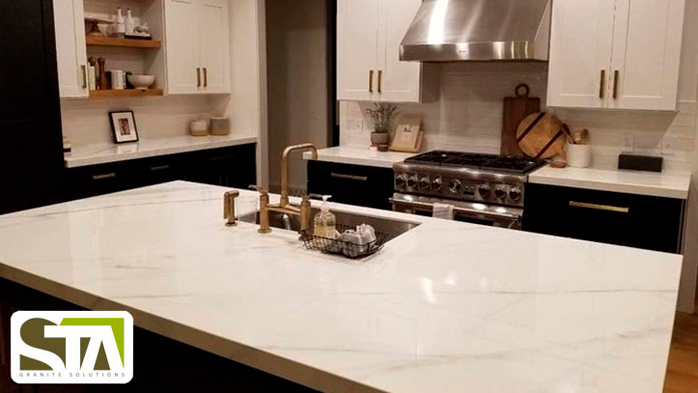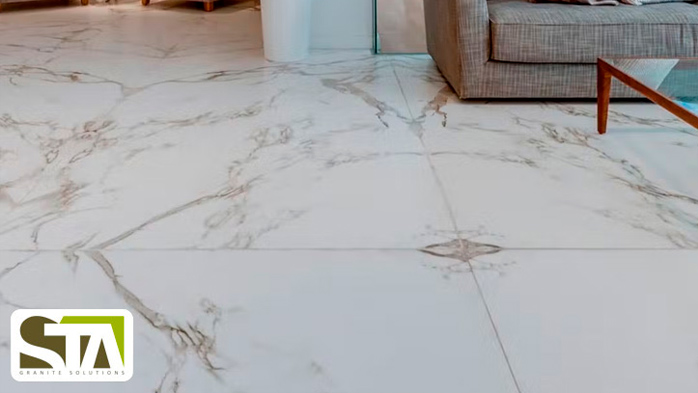PORCELAIN FOR YOUR HOME, TILES

Ceramic tiles are thin pieces made of clay, silica, fluxes, dyes, and other raw materials to create floors and/or walls.
How many types of porcelain floors are there?
Due to its characteristics, porcelain tile has a wide variety of floors to offer us, the main ones are technical porcelain tile and enameled porcelain tile.
The differences between these two kinds of porcelain are that the first does not have enamel on its surface and the second, as its name indicates, does. The manufacturing process is the same, but consult an expert to see which type of porcelain tile is the best for the need you want to cover. It seems like a simple thing, but it is an important decision.
What are the advantages of porcelain tile?
After considering the factors of space and environment, and following the opinion of our expert architects on the subject, these are the main advantages of porcelain tiles:
1. The number one choice for heavier-than-normal use. This means that you should think about porcelain when you are remodeling a part of your house with a lot of traffic or in a project that involves larger and crowded spaces; Likewise, you can use it in spaces that will have vehicle traffic, for example, it is the ideal material to use when remodeling the floor of your garage or the floor of your terrace.
2. Once installed, the porcelain surface makes it easy to clean; In other words, if you want to have a space in which you have a uniform floor, in which the nozzle is very inconspicuous, porcelain tile is the material you should choose.
3. Its absence of pores means that it does not absorb water so quickly, which facilitates and speeds up its care and cleaning, at the same time that it makes it the ideal material to consider when remodeling your bathroom or remodeling your bathroom. outdoor spaces.
What are the differences between porcelain tile and ceramic?
It is not about thinking that porcelain or ceramic represent different styles, it is about analyzing the needs of your space to remodel or build and see which is the best option for what you need, whether on a small or large scale.
Leaving aside the technical differences, the main thing is to know that the resistance of porcelain tile makes it ideal for certain types of projects. If you are planning a bathroom remodel, porcelain tile is a material that you should take into account since it does not absorb water. For this reason, it is also recommended outdoors in climates that are too cold or humid; If you are going to remodel your terrace, you already know that porcelain tile is the ideal option.

The importance of having adequate equipment to cut dekton and porcelain
Why do products such as Dekton need special/different tools than those that are used for cutting granite and marble?
Material hardness is the key to understanding why you need different tools to fabricate Dekton. The material has a
The cutting process requires trimming the edges to release tensions. Then you have to follow cutting recommendations, which include using plenty of water, the proper speed, feed rate, etc. Once you follow the rules, it’s a piece of cake.


In this sense, Dekton’s edge is very easy to work with since the material is very homogeneous, and it is easy to get very good results. Any fabricator can do it well on the first attempt.
What are some common mistakes that fabricators are making when it comes to cutting this material? And, what are some common mistakes with doing edging or doing sinkholes or something?
The main mistake is trying to fabricate Dekton as if it was a granite or quartz composite. You will fail if you use the same tools, speed rates, and so on. Another common mistake is trying to cut Dekton in uneven support. It is a common source of problems too.
Sometimes people ask about what machine is best to cut Dekton. I believe the key is not the machine but the tools and proper maintenance. I have seen people with very modest equipment doing amazing things and the other way around.
7 Keys for Cutting Ultra-Compact and Sintered Dekton and Porcelain Materials







It may seem too simple or too intuitive to matter, but less than adequate water AND hoses positioned incorrectly is the most common error causing headaches among cutting these materials.
One of the more overlooked aspects of successful cutting is, to the degree that your table is not level in the horizontal plane, vibrations will occur. This unevenness can result in chipping and likely breaking the edge of your slab.
As cliche, as it may sound, choosing the right blade for the material you are processing, is critical.
While each manufacturer of ultra-compact and sintered porcelain materials may, or may not have tensioning strips built into the perimeters of each slab, if they are not removed before cutting, the slab is at higher risk of cracking or breaking.
Using the same feed rate and RPMs you may be accustomed to when cutting other materials can be a recipe for trouble. Unlike fabricating more common materials such as marble and granite, we’ve seen the most success cutting ultra-compact and sintered porcelain materials when following a systemized approach is used.
While plunge cutting tends to be of little concern for most sawyers when cutting ultra-compact and sintered porcelain materials it can pose big problems resulting in cracking or breaking your slab.
Projects requiring a sink cut-out can be an obstacle many fabricators dread. Since we already know plunging is not the ideal way to go about this, what are your options? When preparing a sink cut-out, it is advised to drill each of the four corners with a 1/2” core bit before to start initiating cutting.

PORCELAIN FOR YOUR HOME, TILES

PORCELAIN FOR YOUR HOME, COUNTERTOPS FOR YOUR KITCHEN

DEKTON FOR YOUR HOME, FLOORS, AND PAVEMENTS
- 1
- 2
- 3
- 4
- 5
- 6
- 7
- 8
- 9
- 10
- 11
- 12
- 13
- 14
- 15
- 16
- 17
- 18
- 19
- 20
- 21
- 22
- 23
- 24
- 25
- 26
- 27
- 28
- 29
- 30
- 31
- 32
- 33
- 34

